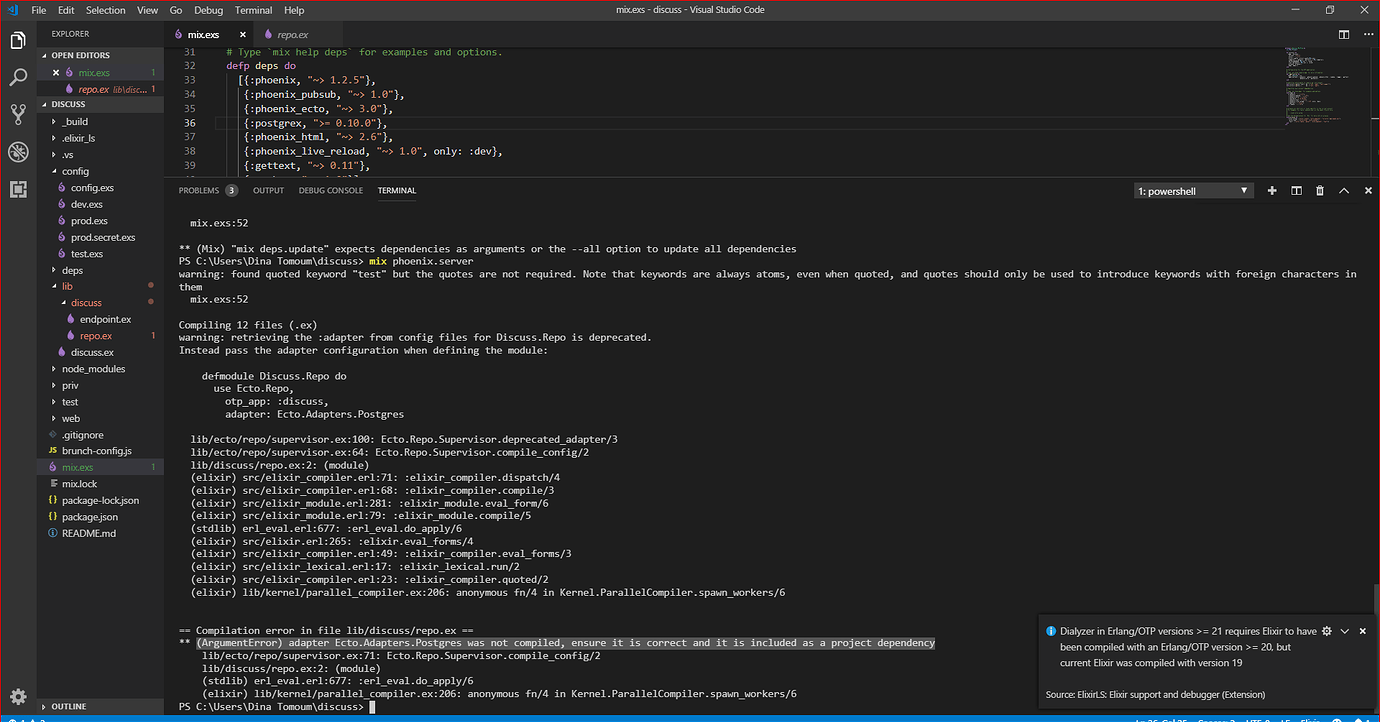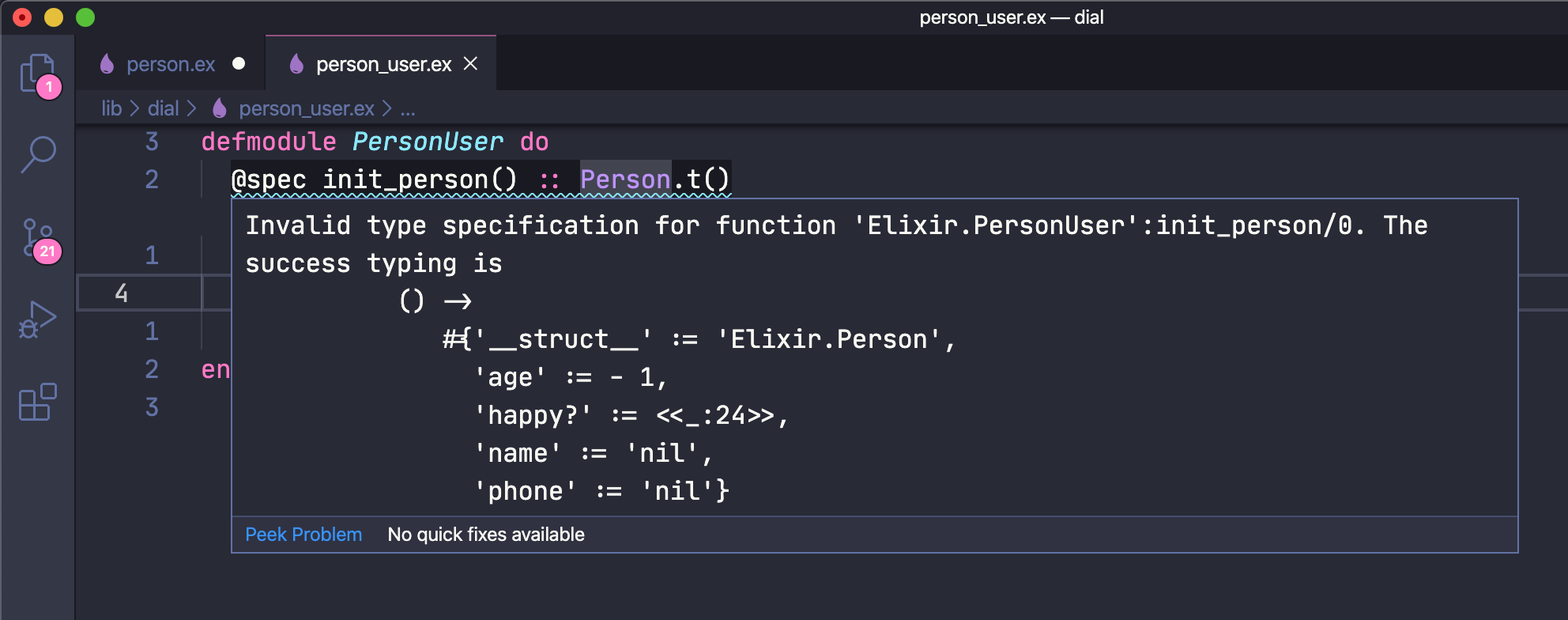

castassoc/3 works matching the records extracted from the database (preload) and compares it with the parameters provided from an external source. put_assoc ( :tags, parse_tags ( params ) ) end # Parse tags has slightly changed defp parse_tags ( params ) do ( params || "" ) |> String. As it is stated in the documentation for /3. Let's define the schema and the changeset function for a post which may receive tags as a string: defmodule MyApp.Post do use Ecto.Schema schema "posts" do field :title field :body many_to_many :tags, MyApp.Tag, join_through : "posts_tags", on_replace : :delete timestamps ( ) end def changeset ( struct, params \\ % ) do struct |> Ecto.Changeset. In put_assoc/4, we give Ecto structs or changesets instead of parameters, giving us the ability to manipulate the data as we want. When we can't cope with cast_assoc/3, it is time to use put_assoc/4. Again, because the user is simply passing a string, we don't have the ID information at hand. However, here we expect tags to be sent in a string separated by comma.įurthermore, cast_assoc/3 relies on the primary key field for each tag sent in order to decide if it should be inserted, updated or deleted. We can see an example of this in Polymorphic associations with many to many. To do so correctly, Ecto requires tags to be sent as a list of maps. By calling /3, Ecto will look for a 'todoitems' key inside the parameters given on cast, and compare those parameters with the items stored in the todo list struct. The cast_assoc/3 changeset function was designed to receive external parameters and compare them with the associated data in our structs. While the constraints above sound reasonable, that's exactly what put us in trouble with cast_assoc/3. For creating an invoice, you could create a changeset that looks like this: In this changeset, only three.
Elixir ecto changeset update#
Once this data is received in the server, we will break it apart into multiple tags and associate them to the post, creating any tag that does not yet exist in the database. In Elixir, using Ecto, you could make a changeset for every update strategy you need. Now let's also imagine we want the user to input such tags as a list of words split by comma, such as: "elixir, erlang, ecto". It is important to add an index at the database level instead of using a validation since there is always a chance two tags with the same name would be validated and inserted simultaneously, passing the validation and leading to duplicated entries. For instance, when you write a web application using Phoenix and you use Ecto to receive external changes and apply such changes to your database, we have this. We put emphasis on any because it is a common misconception to think Ecto schemas map only to your database tables. Note we added a unique index to the tag name because we don't want to have duplicated tags in our database. An Ecto schema is used to map any data source into an Elixir struct. Our migrations would look like: create table ( :posts ) do add :title, :string add :body, :text timestamps ( ) end create table ( :tags ) do add :name, :string timestamps ( ) end create unique_index ( :tags, ) create table ( :posts_tags, primary_key : false ) do add :post_id, references ( :posts ) add :tag_id, references ( :tags ) end This is a classic scenario where we would use many_to_many associations. Not only that, a given tag may also belong to many posts. Imagine we are building an application that has blog posts and such posts may have many tags. To showcase those features, we will work on a practical scenario: which is by studying a many to many relationship between posts and tags.
Elixir ecto changeset how to#
In this guide we will learn how to use constraints and upserts. The downside of using macros is that the binding must be. name) The keyword-based and pipe-based examples are equivalent. Due to the prevalence of the pipe operator in Elixir, Ecto also supports a pipe-based syntax: 'users' > where (u, u. Any help appreciated, cheers.Settings View Source Constraints and Upserts import Ecto.Query from u in 'users', where: u. |> Changeset.validate_format(:working_hours, )īut after fiddling around I can't seem to validate these requirements.

How would I go about validating my requirements? I presume validate_format would come in useful here - something along the lines of |> Changeset.validate_number(:working_hours, greater_than: 0) Here's all I got so far: defp validate_working_hours(changeset) do The field is allowed a maximum of one decimal point with a step of 0.5.The field should only ever contain numbers, non-numerical characters should not be valid.


I have an input with an attribute of type="number", however this attribute does not fully work for Internet Explorer 11 so I need back end validation to have browser compatability. I am trying to validate a field for employee working hours.


 0 kommentar(er)
0 kommentar(er)
